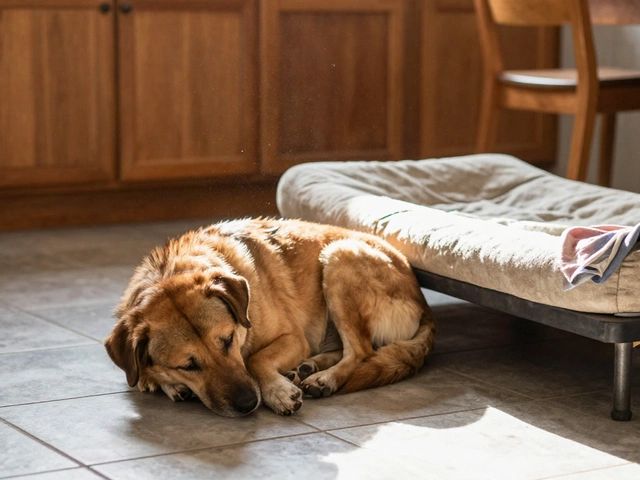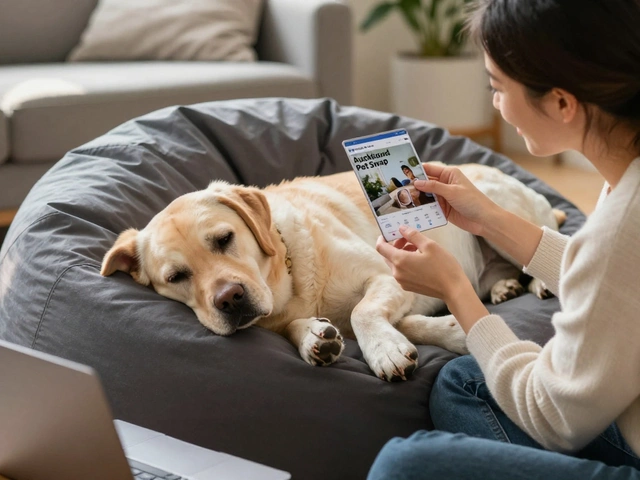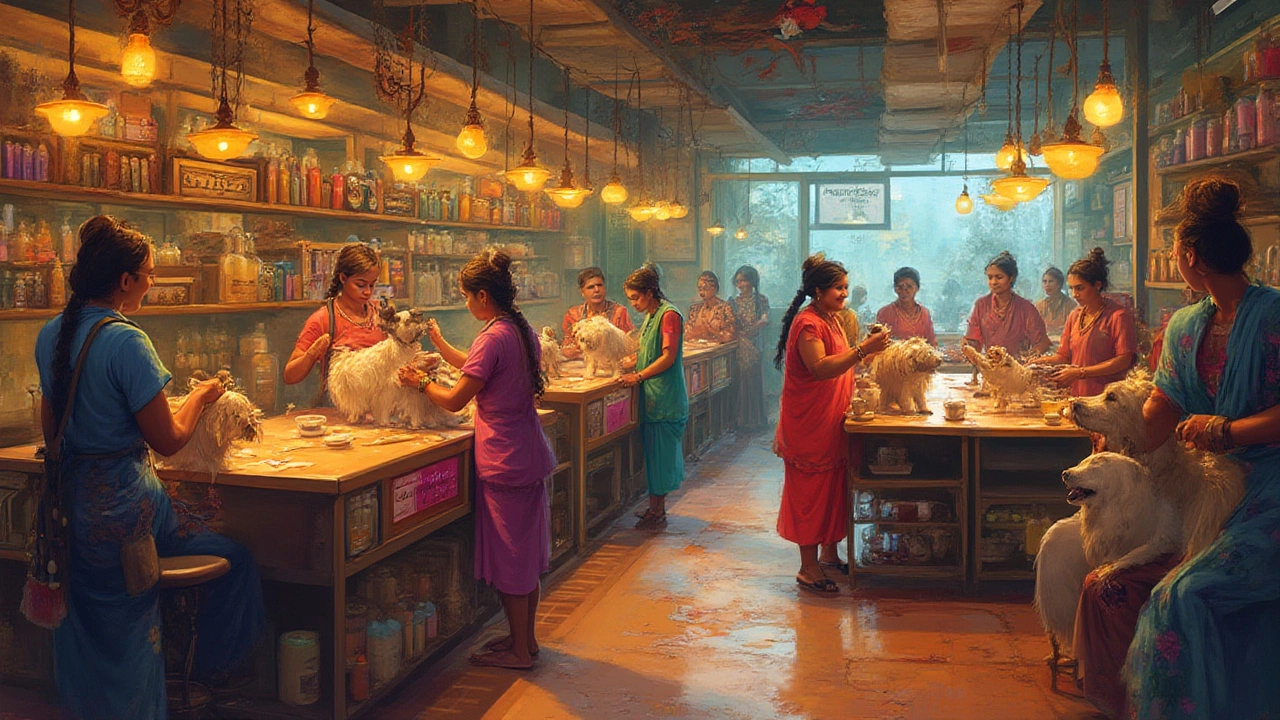
If you’ve ever dropped your pooch off at the groomer and got hit with “come back in four hours,” you’re probably left scratching your own head. Four hours? For a haircut and a bath? It sounds wild—until you watch what’s actually happening behind those salon doors. There’s a whole universe of tasks, surprises, and skills turning that shaggy Einstein into a freshly trimmed, sweet-smelling legend. Most dog owners wildly underestimate what goes into the process. It’s much more than snips and suds; you’re looking at delicate work, patience-testing pups, and a marathon of cleaning, brushing, trimming, and all things in between. So, why does it take so long? Let’s break down the real story.
What Really Happens During a Dog Grooming Session
Imagine if you went to the hairdresser, and they not only cut and styled your hair but also got you undressed, bathed you head-to-toe, checked your ears, filed your nails, cleaned your teeth, examined your skin for lumps or fleas, and then put your clothes back on before you left. That’s grooming for dogs—a head-to-paw makeover, not just a hairdo.
Here’s the big picture:
- Check-in and Consultation: Each session kicks off with a check-in chat. The groomer might spot a matted coat, overgrown nails, ear gunk, or even signs of ticks. Sometimes owners don’t even realize their dog’s coat is hiding hidden issues. Every breed, coat type, and skin sensitivity needs something different.
- Brushing and De-matting: Before any water hits the fur, tangled hair has to be gently brushed out. Matted fur is no joke—it can hide skin infections or even restrict blood flow. Brushing can take an hour or more, especially with curly-coated breeds like Poodles, Bichons, or wheaten terriers.
- Bath Time: Bathing a dog safely isn’t like tossing a kid in the tub. The groomer chooses the right shampoo for the dog’s coat and skin, gets the temperature right, and keeps suds away from the dog’s eyes and ears. Some breeds need two rounds of shampoo.
- Drying: Patting with a towel is only the start. Most dogs need blow-drying, which takes different times depending on fur density and if the dog runs hot or cold. Hand-drying (rather than crate-drying) is best for the coat and skin but eats up time—sometimes 45 minutes for thick-coated dogs.
- Clipping and Trimming: Now comes the part most folks think of as “grooming.” The groomer trims and clips the dog’s body to breed standards—or to the owner’s wishes. This isn’t just a buzz cut: it’s careful scissoring around paws, face, and tail, always watching for squirmy moves.
- Nails, Ears, and Hygiene: Nails are clipped and dremeled (smoothed with a grinder), which is a slow-and-steady task since one slip causes pain. Ears are cleaned, and if the breed needs it, ear hair is plucked. This is also when the infamous “gland expression” can happen—definitely a step most dog owners are happy to pay someone else for.
- Final Touches and Paw-dicures: The groomer buffs out the coat, checks symmetry, and finishes with bows, bandanas, or a spritz of dog-friendly fragrance. Sometimes owners want “creative grooming,” adding hours with dye or extra styling.
This long checklist explains why grooming isn’t just a bath and dry affair. If you toss in a nervous pup, a thick undercoat, or a dog who isn’t fond of tubs or dryers? That four-hour window starts making perfect sense.
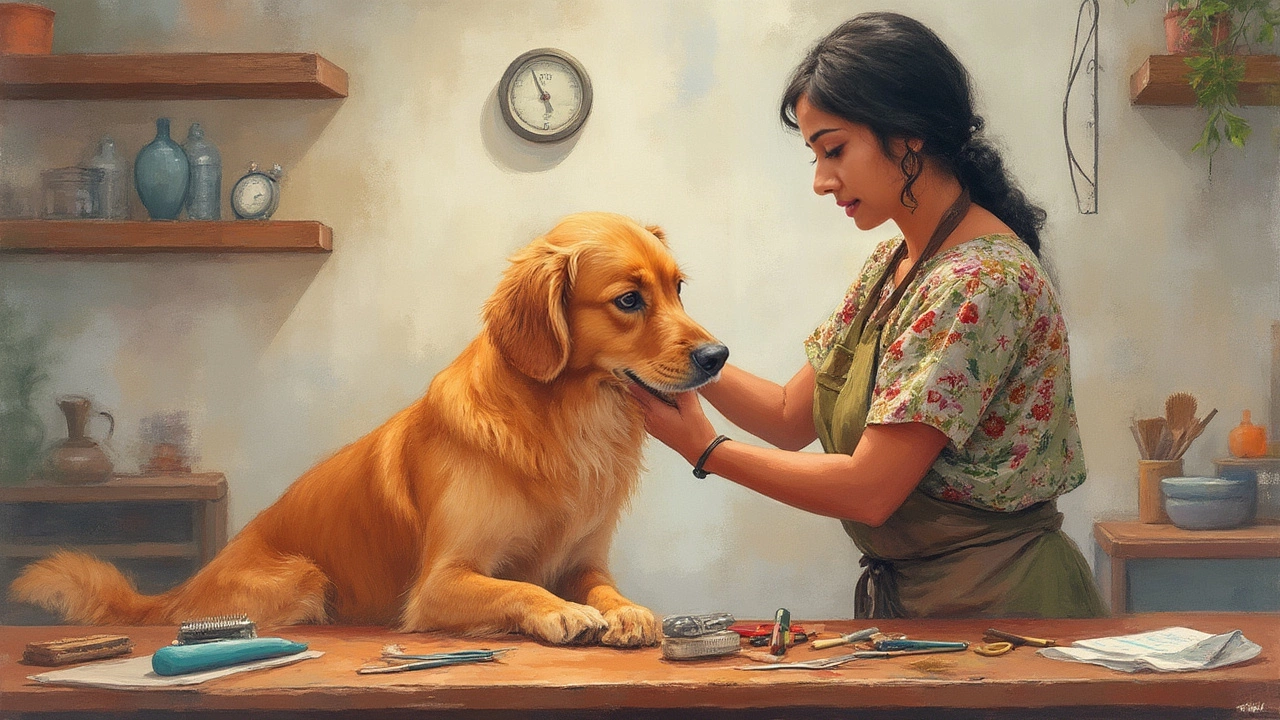
Factors That Blow Out the Grooming Timeline
What determines if you’re picking up your dog after 90 minutes…or after an entire Lord of the Rings film? The answer isn’t just about time spent bathing and clipping. So many variables can stretch out a session beyond what you’d expect.
- Dog’s coat condition and type: Dogs with curly coats (think Poodles or Doodles) or dense double coats (Malamutes, Collies) are the time thieves. Matted fur adds up to double or even triple the brushing time. If your dog’s grown out like Chewbacca, expect extra dematting and trimming.
- Size of the dog: A Chihuahua is done a lot faster than a Saint Bernard or Newfoundland. More fur, more surface area, more water, more drying—every step balloons with a bigger breed.
- Behavior: Anxious, fidgety, or reactive dogs need plenty of mini-breaks. Groomers often slow down for nervous pups to keep things safe and calm. Even a sweet dog that’s out of sorts can turn a quick tidy-up into a marathon.
- Type of haircut: Some styles are a simple “shave down,” but if you ask for precise breed-specific grooming, trendy teddy bear faces, or intricate patterns, be ready to wait.
- Health and age: Older dogs or those with health issues (skin infections, bad hips, allergies) need extra care moving around, and that eats up minutes with every step.
- Groomer’s schedule and workspace: Most salons have more than one dog at a time, working in a rotation: one gets bathed while another dries, a third is being scissored. If it’s a busy day or a tiny salon, dogs might get a crate nap while the groomer catches up.
Let’s look at some real numbers too:
| Dog Breed | Average Grooming Time (minutes) | Factors Impacting Time |
|---|---|---|
| Miniature Poodle | 90-120 | Curly coat, precision cuts, scissoring details |
| Golden Retriever | 120-180 | Thick double coat, de-shedding, solid brushing |
| Maltese | 90-150 | Silky hair, delicate face trims |
| Newfoundland | 180-240 | Massive size, dense undercoat, massive drying time |
As you can see, even the smaller breeds can take up two hours if they have tricky coats. Giant mountain dogs? Block out your afternoon.
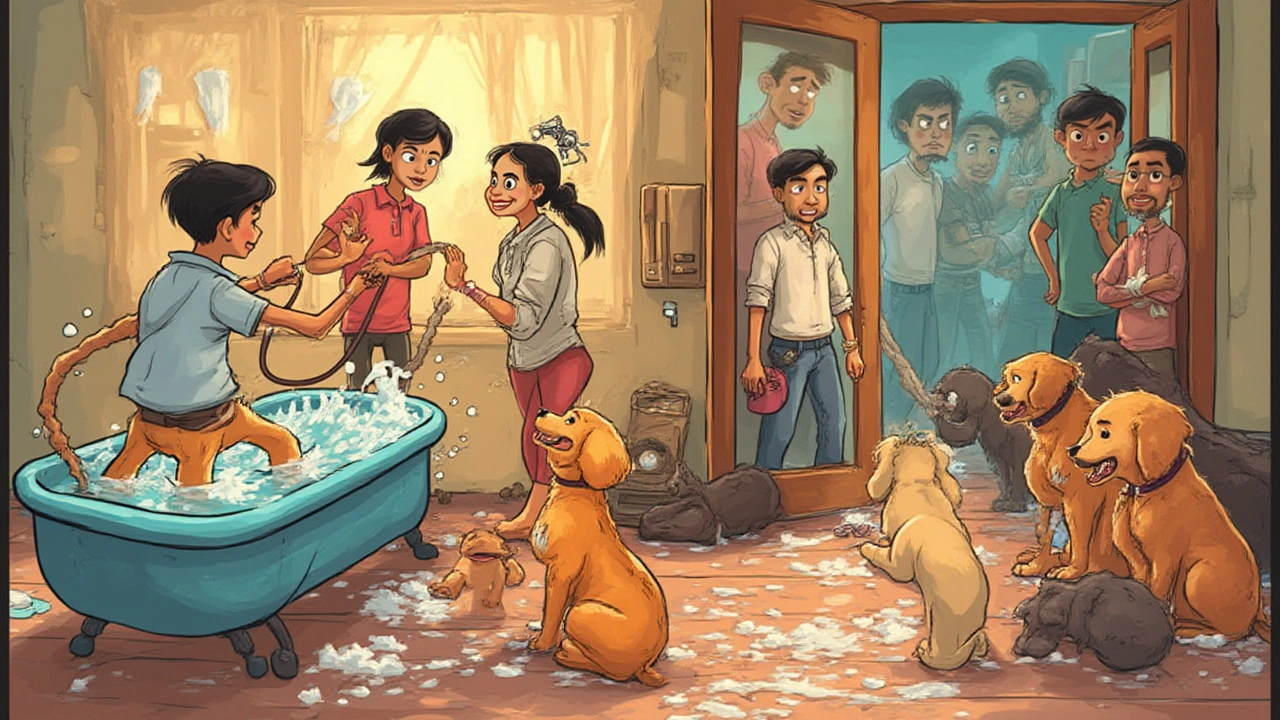
How to Help Speed Up the Grooming Process (Without Cutting Corners)
Feeling impatient waiting hours for your dog to get cleaned and trimmed? Good news: there are ways you can make things run smoother, both for your pup and the person covered in fur at the other end of the scissors.
- Brush your dog at home—consistently: This is the single biggest thing you can do. Regular brushing breaks up tangles before they harden into cement-like mats. Your groomer will thank you (and probably hug you) if your dog arrives mat-free.
- Start young and practice: Get puppies used to being handled everywhere—their feet, ears, mouths, tails. Fake “grooming” at home, giving tiny treats while you touch them. If your dog sees grooming as play, they’ll handle it calmly (and it’ll be a lot faster).
- Schedule smart: Don’t wait until your dog is a fluffball mess. Most long-haired breeds need grooming every 4-8 weeks, short-haired dogs at least every 8-12 weeks, depending on lifestyle.
- Be honest with your groomer: Let them know if your dog has fears, hates the dryer, or has medical issues. Hiding the truth just slows things down for everyone.
- Try to book on quieter days: Early weekdays tend to be less busy—so there’s less juggling multiple dogs.
- Skip food for a few hours before the appointment: A dog on a full stomach is more prone to accidents (yes, that kind).
- Keep up with exercise: Well-walked dogs usually sit still better, saving everyone time.
- Don’t request extra add-ons if you’re in a hurry: Teeth brushing, creative trims, or fancy bows add time. If you just want your dog home pronto, ask for basics only.


